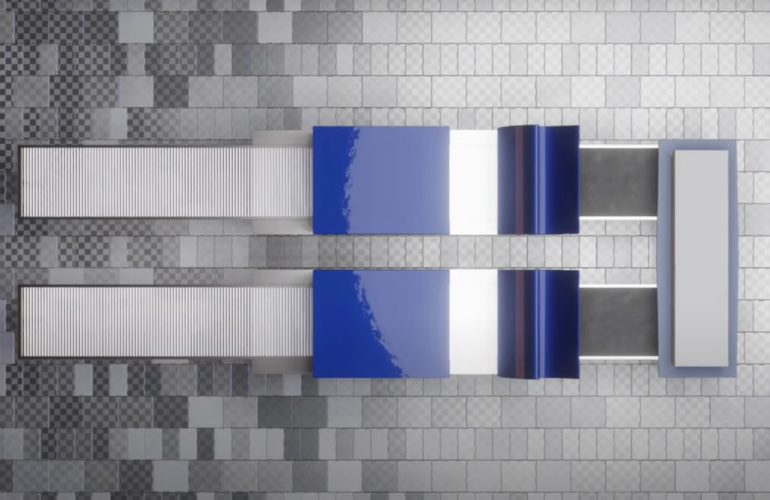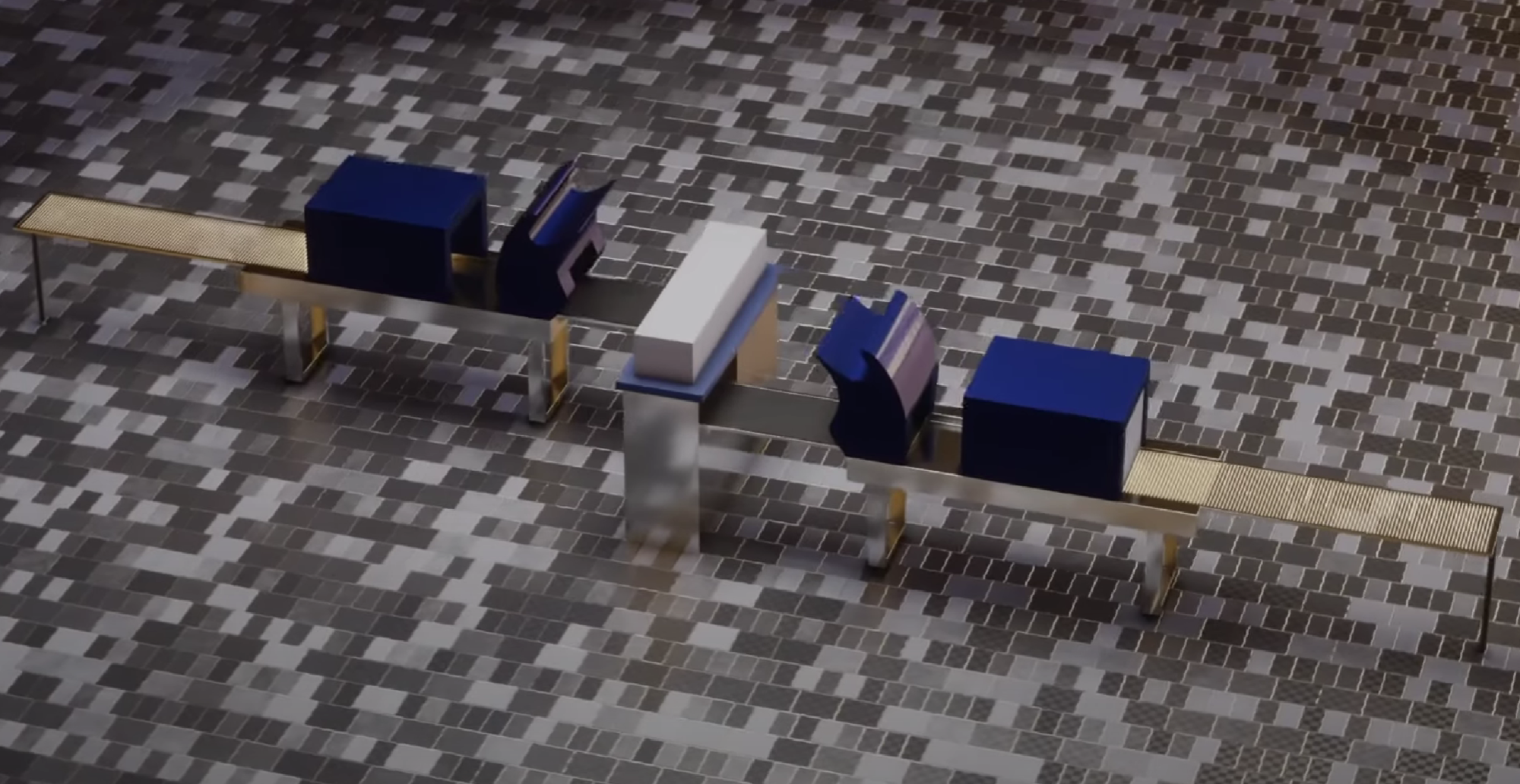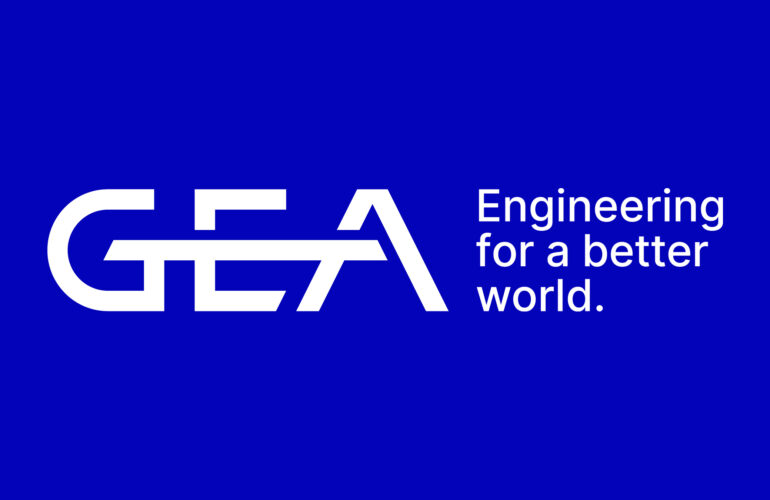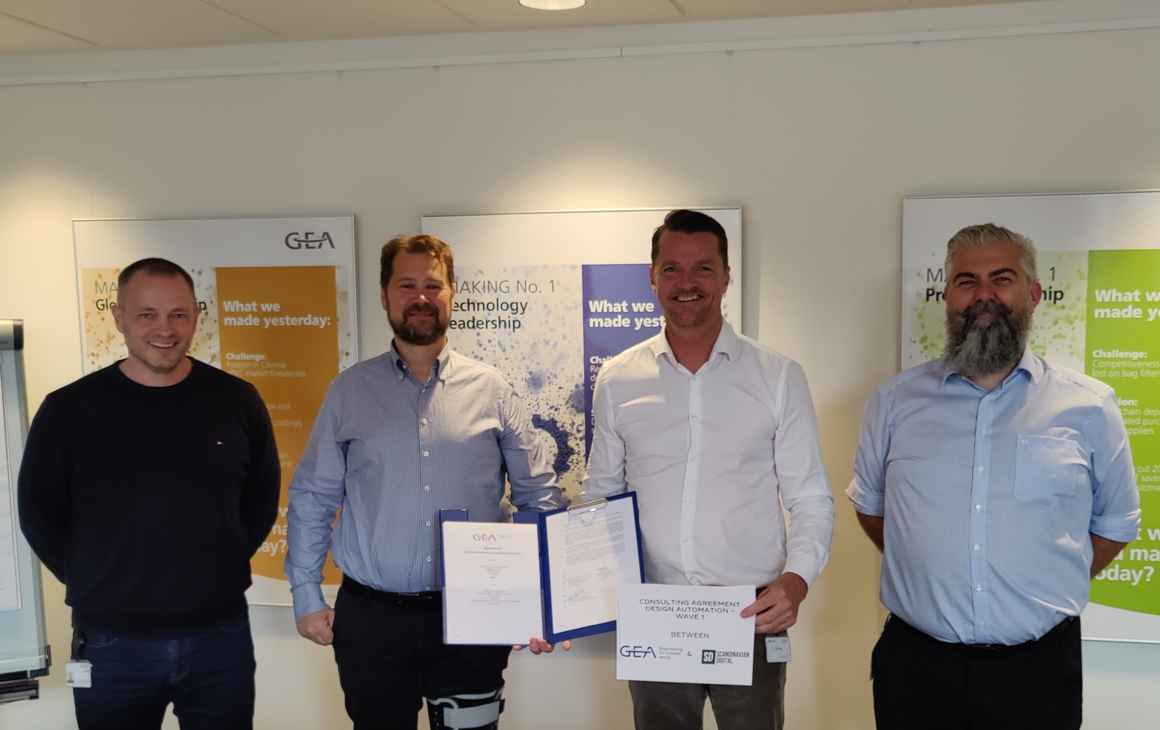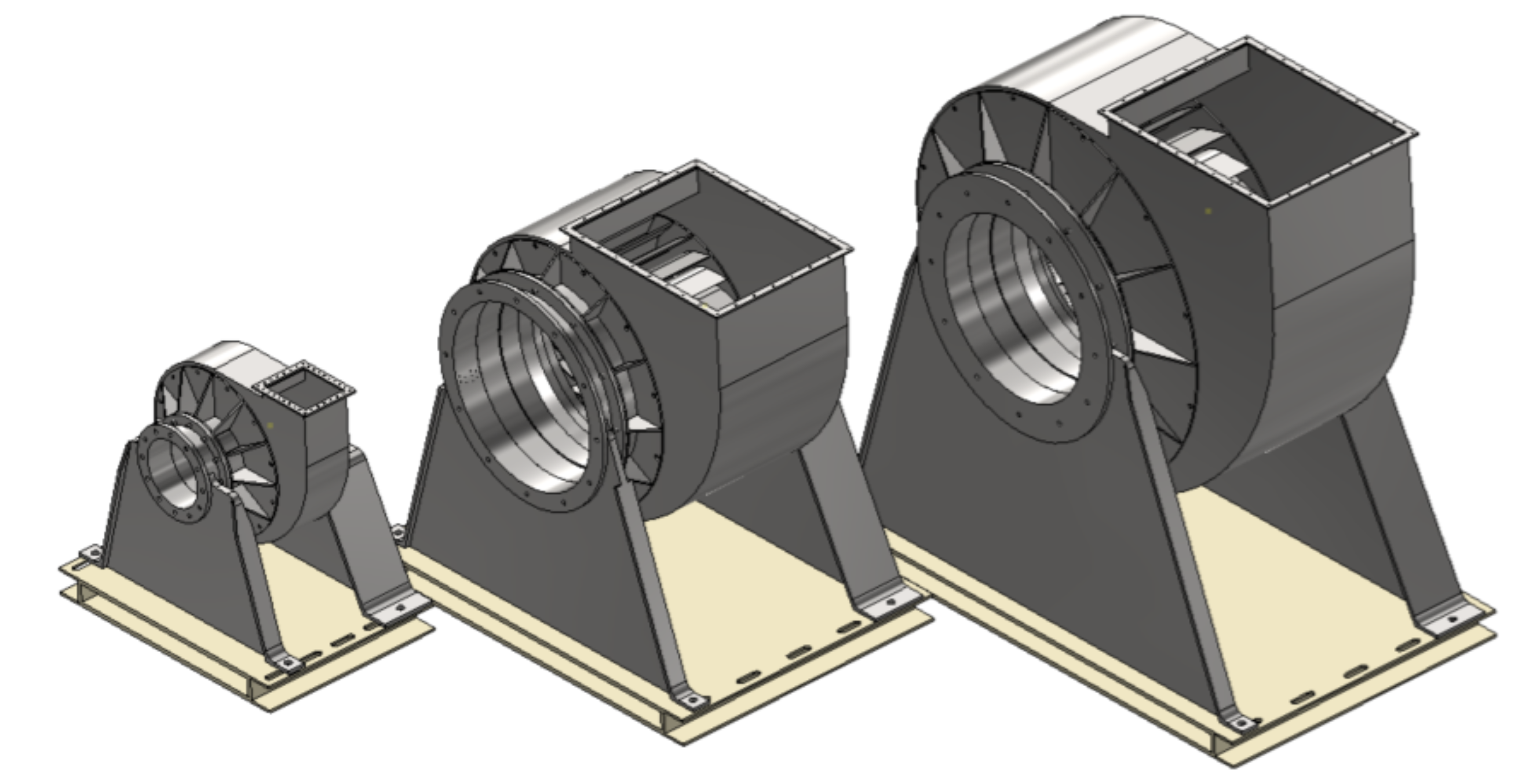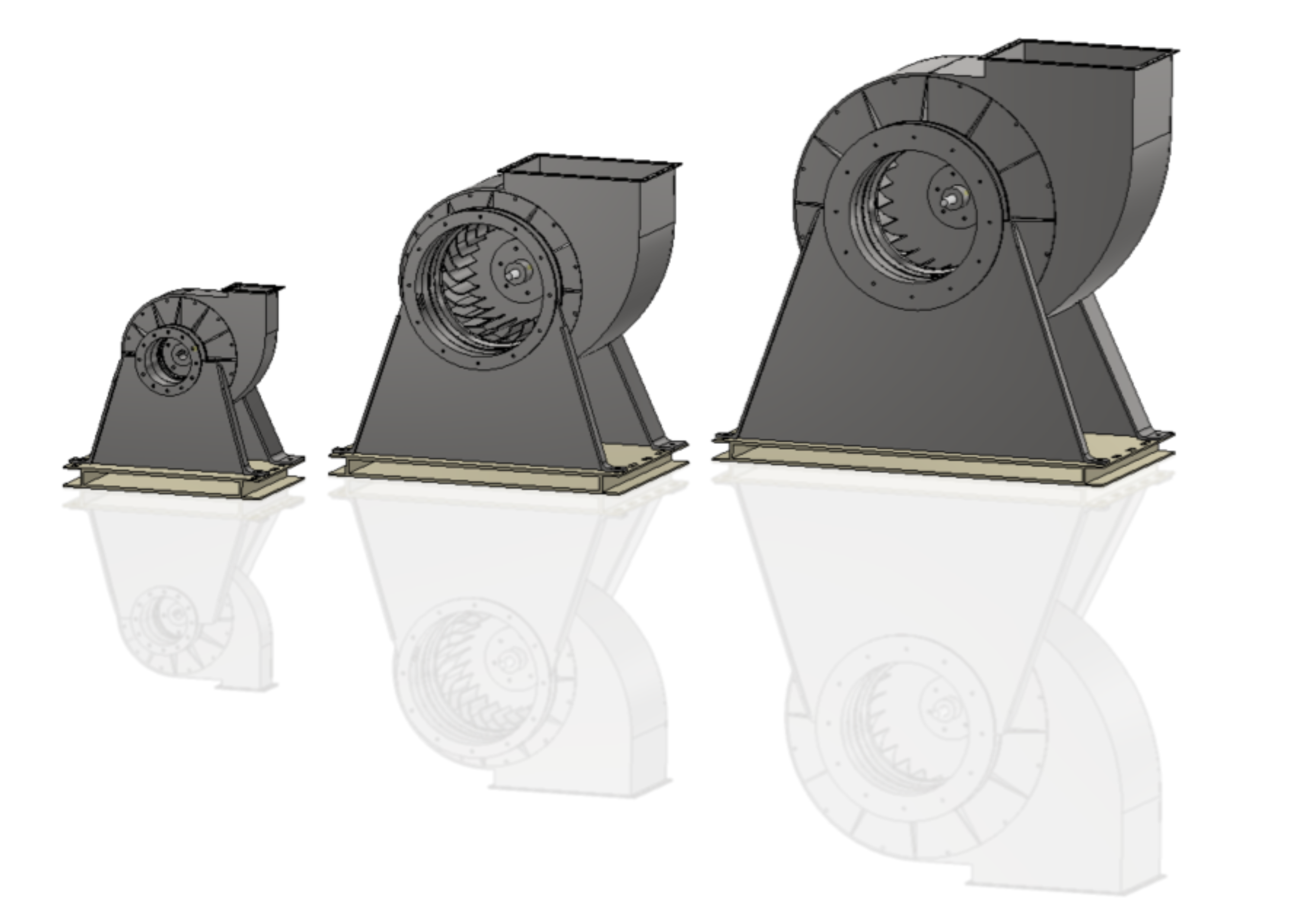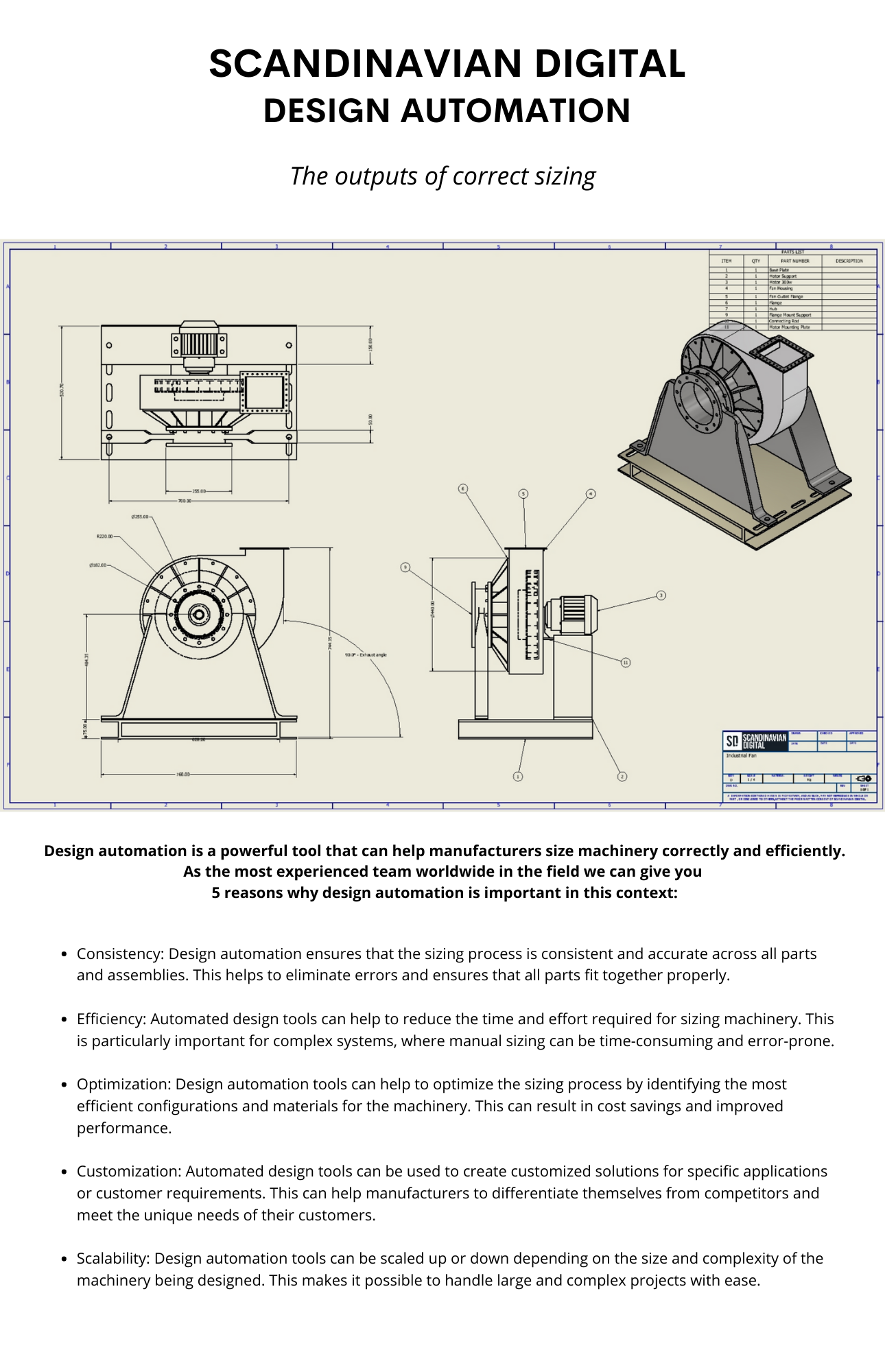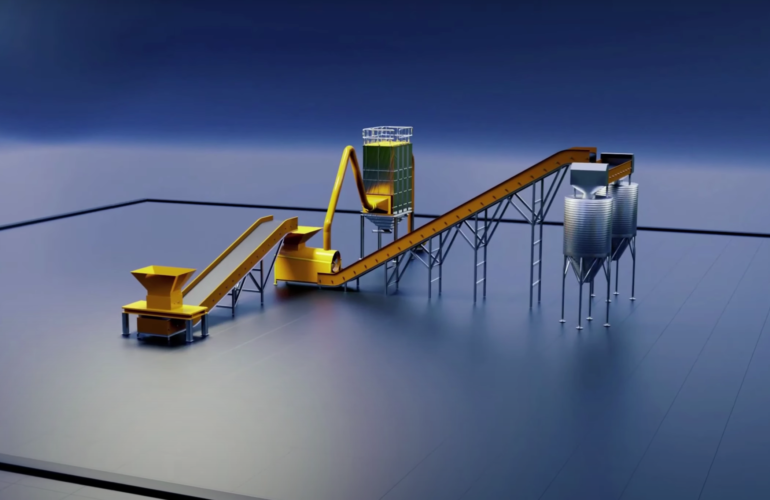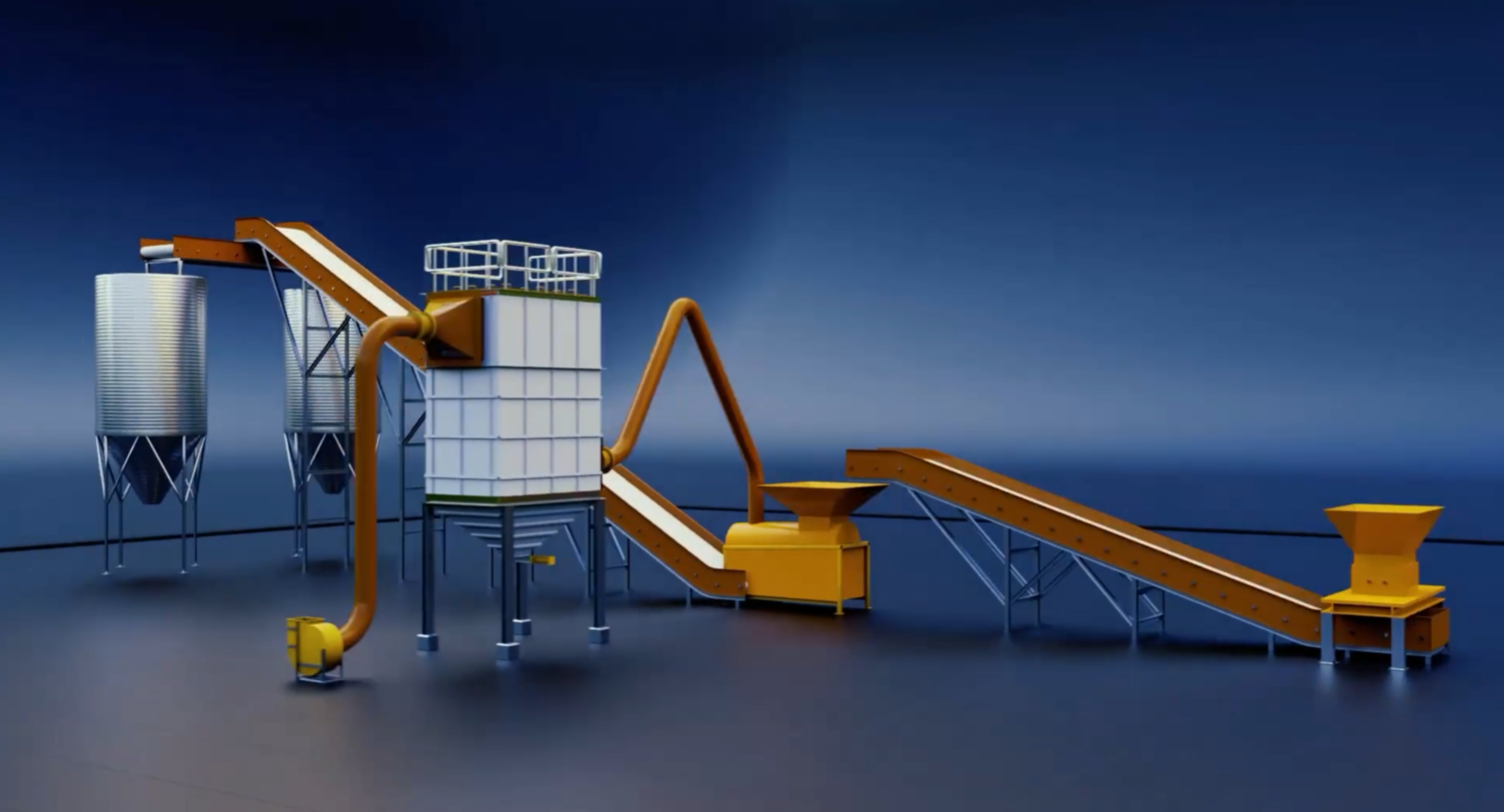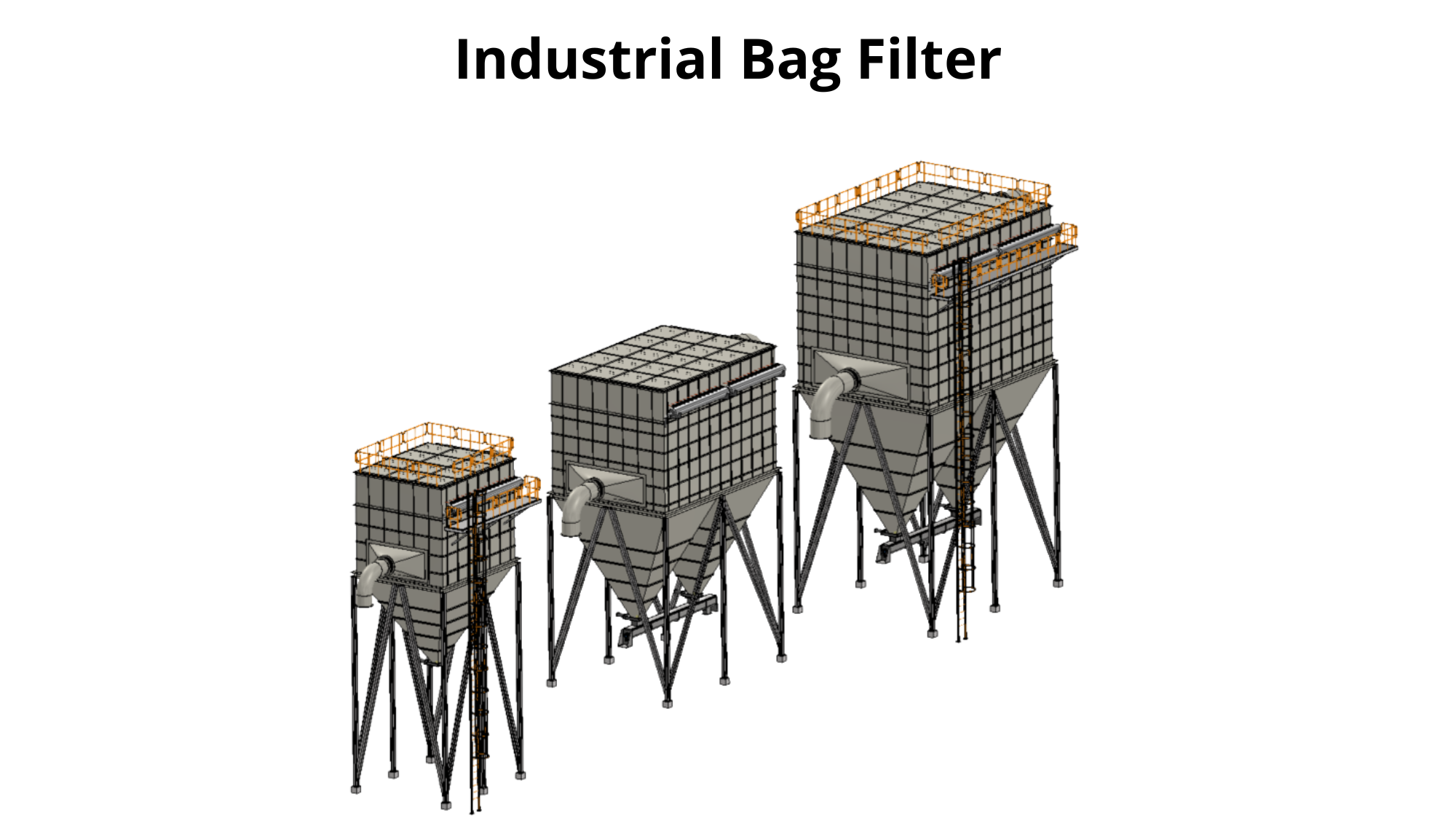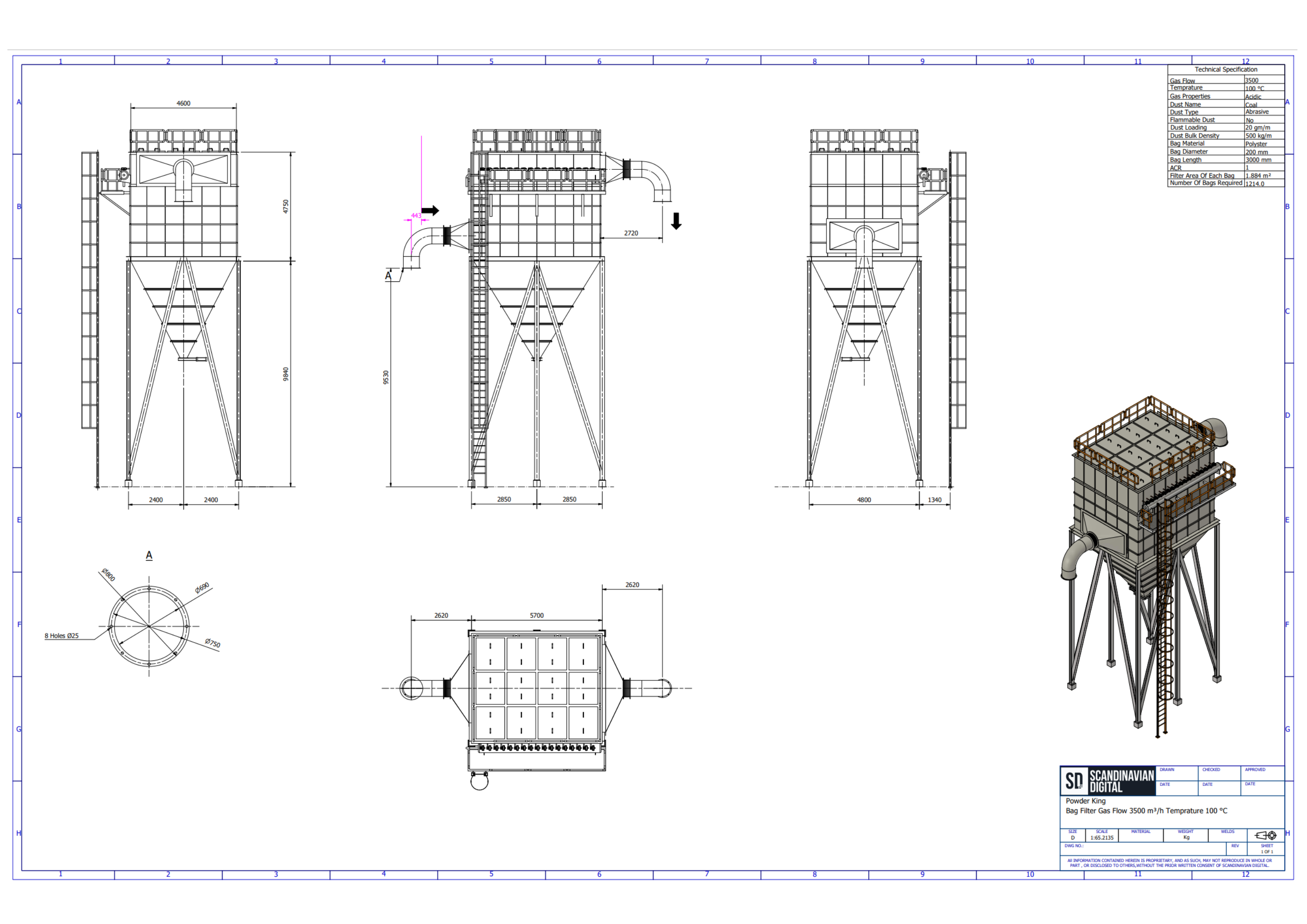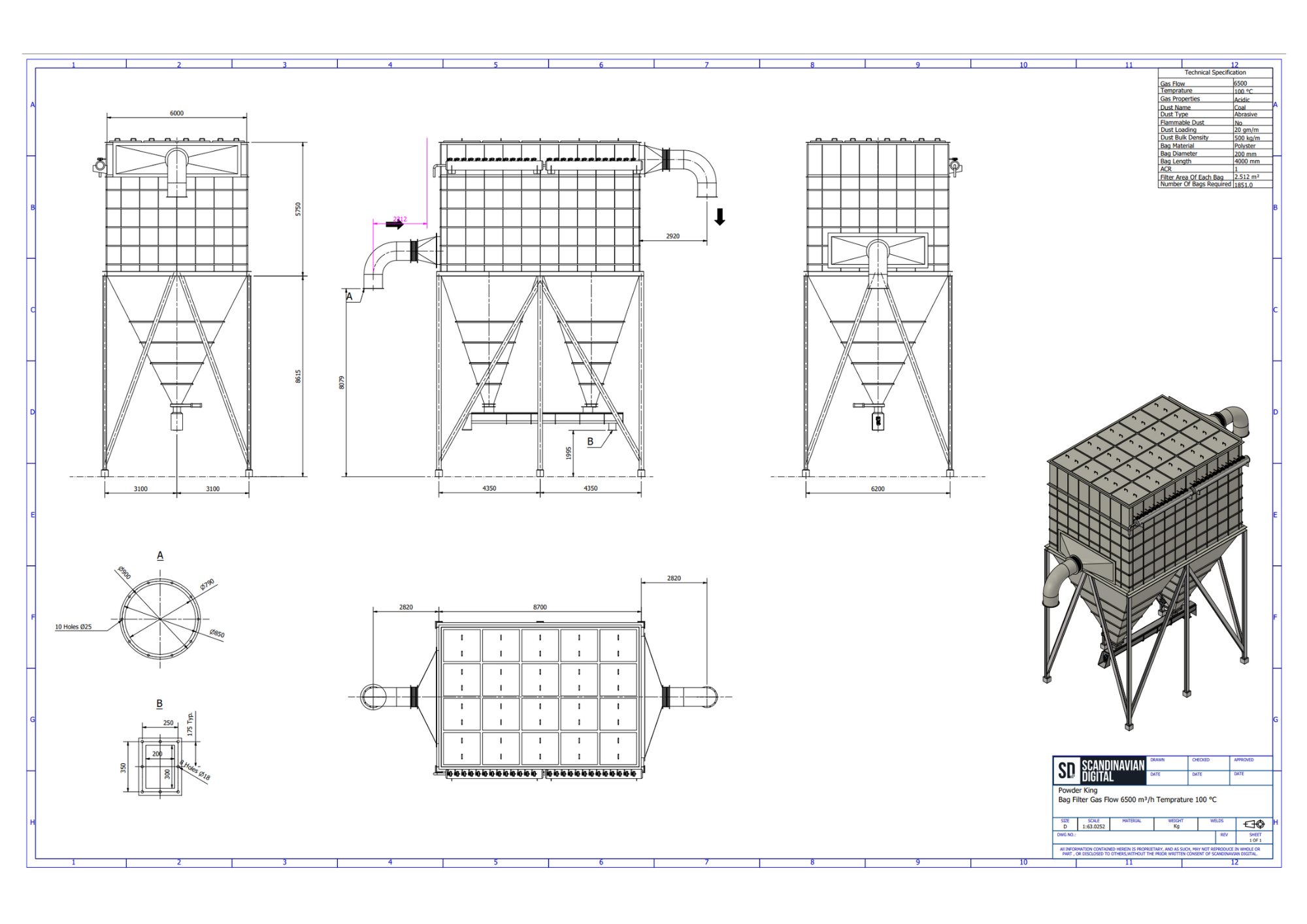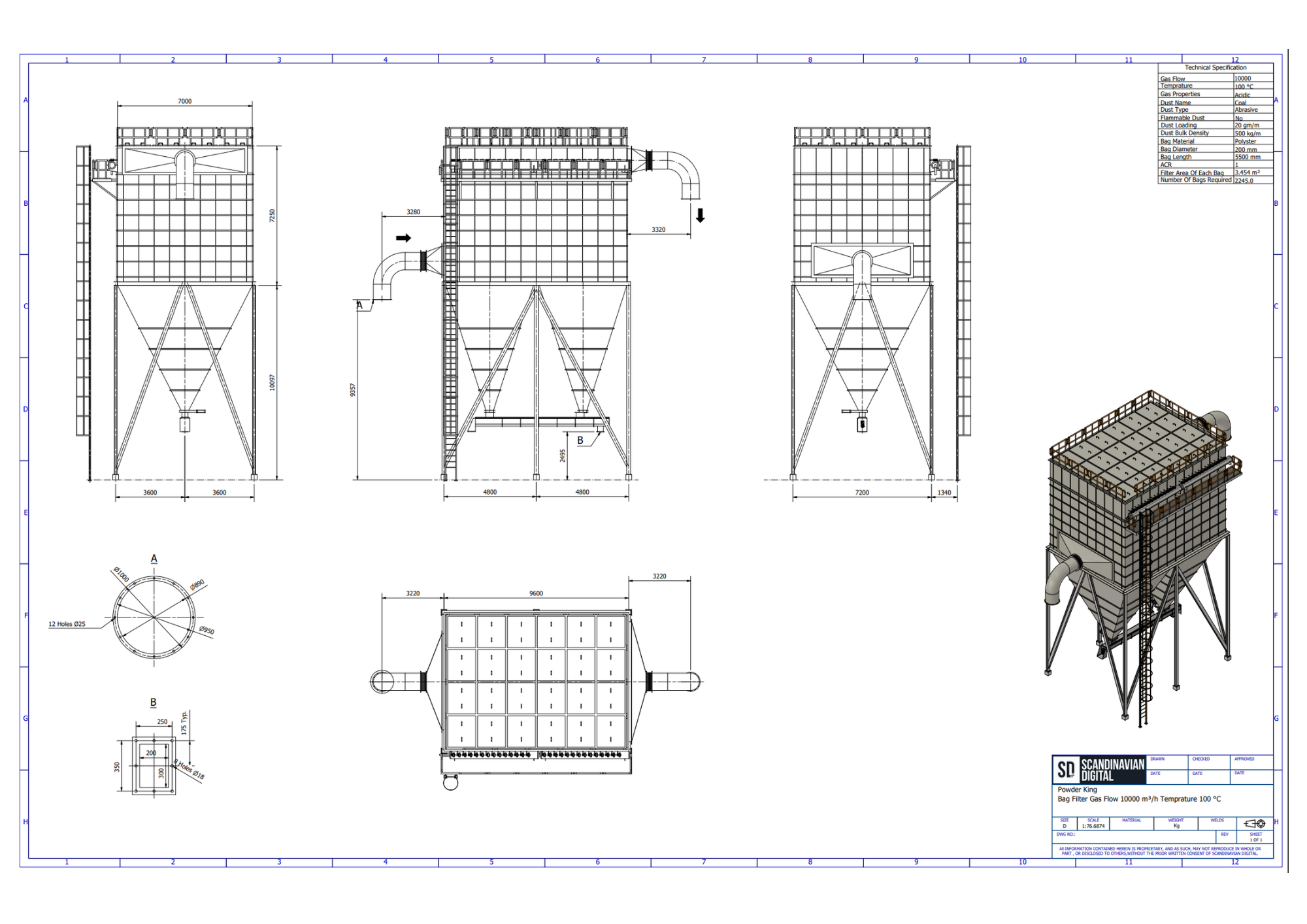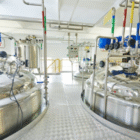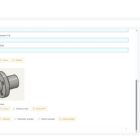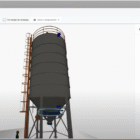What happens after the implementation of Engineering & Design Automation?
We have been talking a lot about all the benefits the companies can achieve and how would be to implement EDA (Engineering & Design Automation). However, one of the hot topics at the moment is: What comes after EDA (Engineering & Design Automation) is implemented in a company? We interview our Lead Engineer, Jan Petersen, he oversees many of our Engineering and Design Automation implementation projects and its ready to give his overview on the topic.

Q – The number one questions is: what will happen with the workforce since the execution hours are reduced?
Jan Petersen – This is always the first question! EDA (Engineering & Design Automation) is changing the focus of the product owner away from standard order execution, towards innovation and development. Because the standard orders are handled by EDA, the time freed up will be redirected to product care with both the continuous maintenance of the configurator, data and rules, and development of the future features.
Q – Can you develop more on the benefits after the implementation?
Jan Petersen – Yes, order execution normally has a hard time scaling fast according to the order backlog, with EDA (Engineering & Design Automation) it is now possible to handle more orders with the same size team or smaller. The result is a cost reduction because it is now possible to scale the throughput without needing adjustments to the execution team. Reducing the execution time also leads to a subsequent reduction in lead-time.
When implementing EDA (Engineering & Design Automation) you are digitalizing the product rules and design to increase the repeatability of the documentation and consequently have less errors. This is possible as new projects are generated from one master model, this mitigates wrong calculations and mistakes on the design when doing a manual execution.
In conclusion… with continuous product enhancement, based on the feedback from orders executed, you will keep improving your products and handle new orders with reduced need for engineering solutions for these orders. A long term benefit for example, is energy optimization.
Q – How does this impact other parts of a company?
Jan Petersen – The initial impact will be the reduced need for the product owner or group in relation to orders. After launching there will be a transition period where the new setup will be tested and adjusted to ensure future order handling will flow unimpeded. On the longer-term Sales will be impacted as more focus will be on improving the product and ensuring the product portfolio fits the market needs.
Q – How are customer projects impacted?
Jan Petersen – Speed! Customers, both internal and external, will get orders faster due to the heavily reduced execution time. The sales teams will have faster response times and be able to capitalize on this to have a reduced delivery schedule. Having the delivery schedule shortened will impact all subsequent steps in the project and in the end, it should mean production will start earlier.
Q – What if the customer has special requests? For example, Customisation of the product.
Jan Petersen – The answer is: this can be handled through EDA (Engineering & Design Automation) as well! You will not have the full benefit of EDA (Engineering & Design Automation), however it is possible to directly use the parts where no change is made like for a standard project, focusing your engineering effort on the customized parts.
For example, if you need to change locally, like the in- or outlet on a product, you have configured to the closest configuration, make the changes and the rest of your product will retain full EDA.
Q – How does this impact the management team?
Jan Petersen – In the immediate time after launching EDA (Engineering & Design Automation) product maintenance will be the key word. Setting up the owners and teams around EDA to handle feedback and getting procedures in place to implement the highest priority fixes and features.
Moving away from a firefighting mindset, into preventing the need for immediate fixes and implementing the fixes on the master model, will result in a more stable higher quality product. This will be noticed elsewhere in the organization from the people at site commissioning all the way through the quality department, project management and back to Engineering.
So Jan it’s possible to see enormous impact in different areas after implementing EDA. Do you believe that EDA (Engineering & Design Automation) implementation for big manufacturing companies is a must and if so, why?
Jan Petersen – From an engineering perspective definitely! You have competition and if you are competing with other companies delivering similar type of equipment you are measured on speed, price, and quality. With EDA you will be able to deliver high quality fast, the price will be less of a factor, since return of investment is reduced by the shortened time from order to commissioning. As a consequence, companies not implementing DA are more likely to become less competitive and have problems scaling their business.
Watch a shorter version of the full interview:


